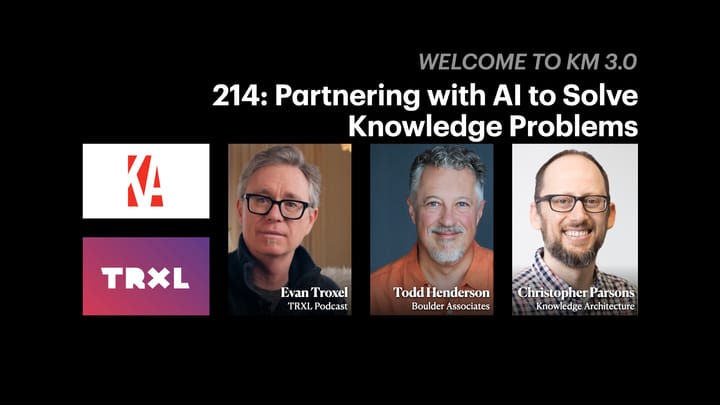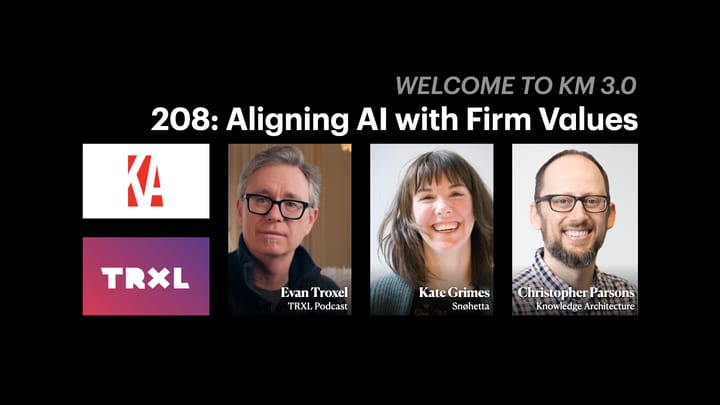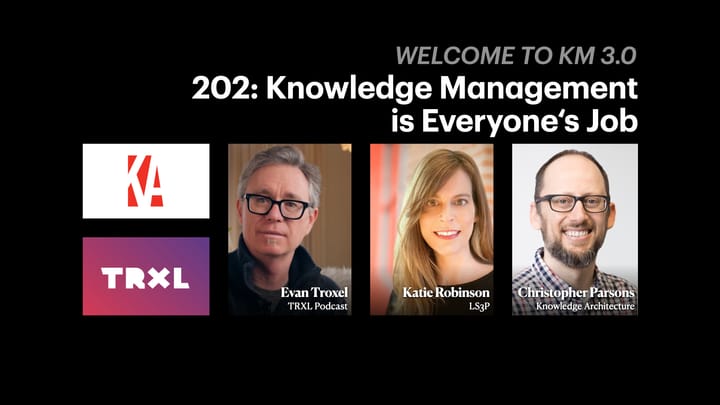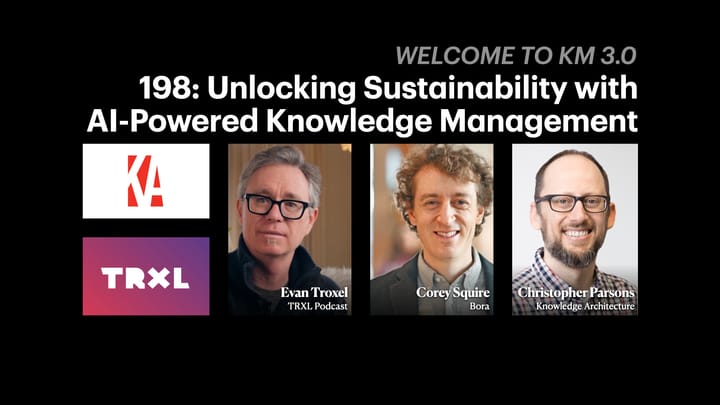
If AEC knowledge lives in people’s heads, you don’t have a system
📰 What if AI isn’t the problem, but the mirror? This edition explores how fragile knowledge systems really are, why hero experts create risk, and how AI can accelerate learning without replacing human judgment.




